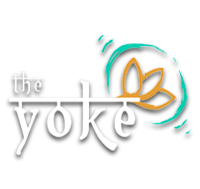Īśvara is the sanskrit term for these significantly powerful entities. Some call them devas. The devas (like Christian saints) are expansions of Brahman (God). Each takes on a different form and certain quality. The qualities are depicted in the form of personalities. Stories about the devas convey abstract concepts. They are often identifed by what they hold in their hands, sit upon, or other objects/animals with them.


Books, CDS & More
- Short Description of Gods, Goddesses and Ritual Objects of Buddhism and Hinduism in Nepal
Images and brief descriptions of Buddhist and Hindu deities.
Provides pictures and abbreviated descriptions of various Hindu mythology/deities.
A tidbit on the intersection of privilege and cultural appropriation with considerations of these cultural icons.
Videos
Keva’s Krishnas provides a brief retrospective on God like images through art history. Also a description of the use of the deities to teach qualities of living is shared.
Ganesha
“Gaṇeśa is one of the well-known and worshipped deities in the Hindu pantheon. His image is found throughout India. All Hindu sects worship him regardless of affiliations. Devotion to Gaṇeśa is widely diffused and extends to Jains, Buddhists, and beyond India.”
- Short Description of Gods, Goddesses and Ritual Objects of Buddhism and Hinduism in Nepal
Images and brief descriptions of Buddhist and Hindu deities.

Krishna
Most widely known as the counsel to Arjuna in the epic tale, the Bhagavad Gītā. Find out more about Krishna.


This triad of divinity or trimurti represents all aspects of the supreme being. Each is an aspect of the cyclical movement of life from creation to population to destruction. It prompts us to move past duality. Remembering to act beyond creation and destruction moving toward preservation and sustainability. Read more.

